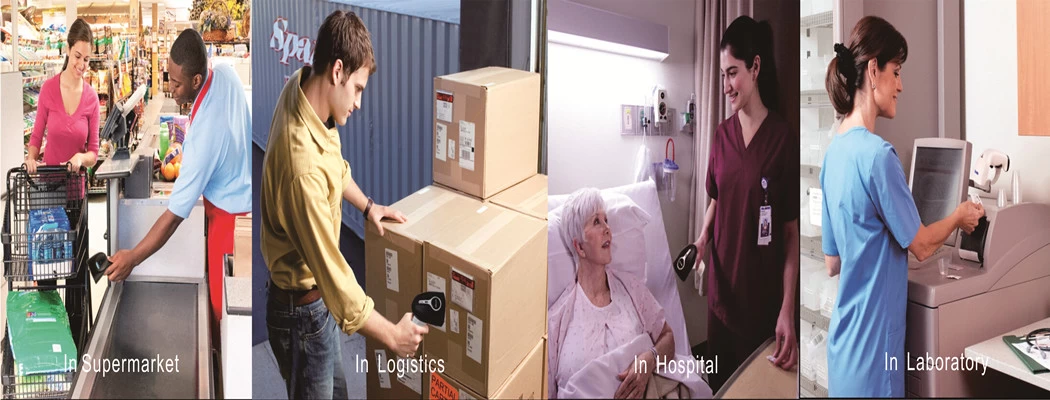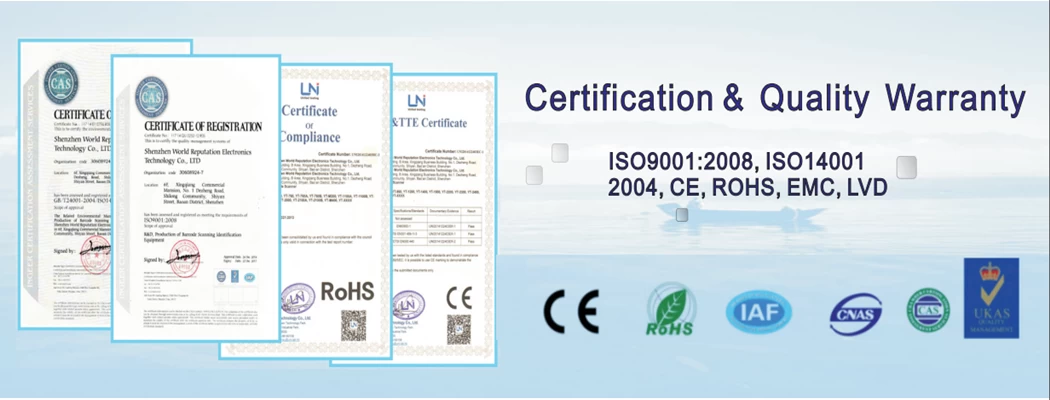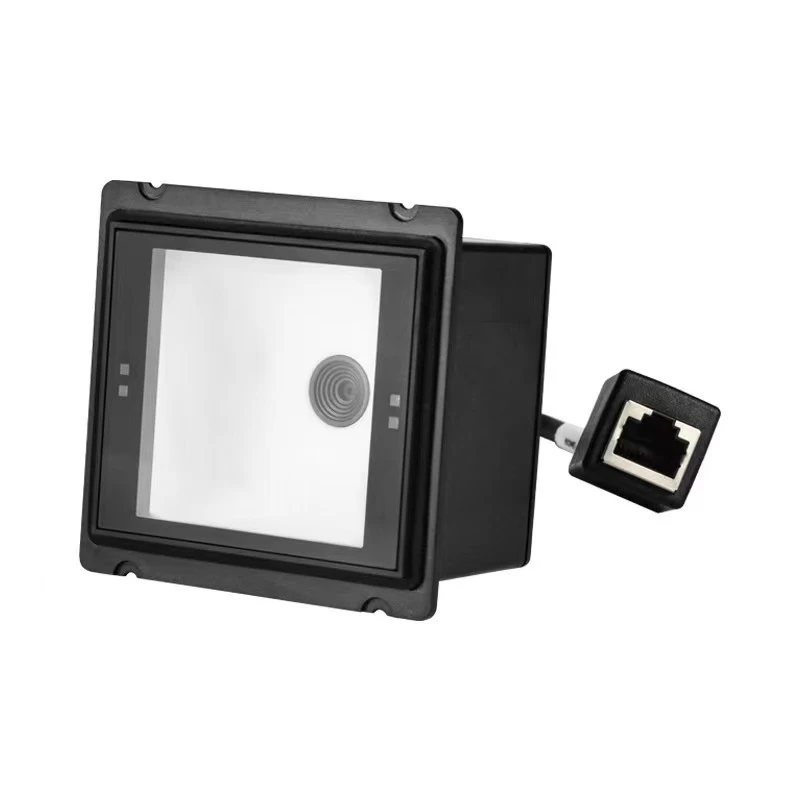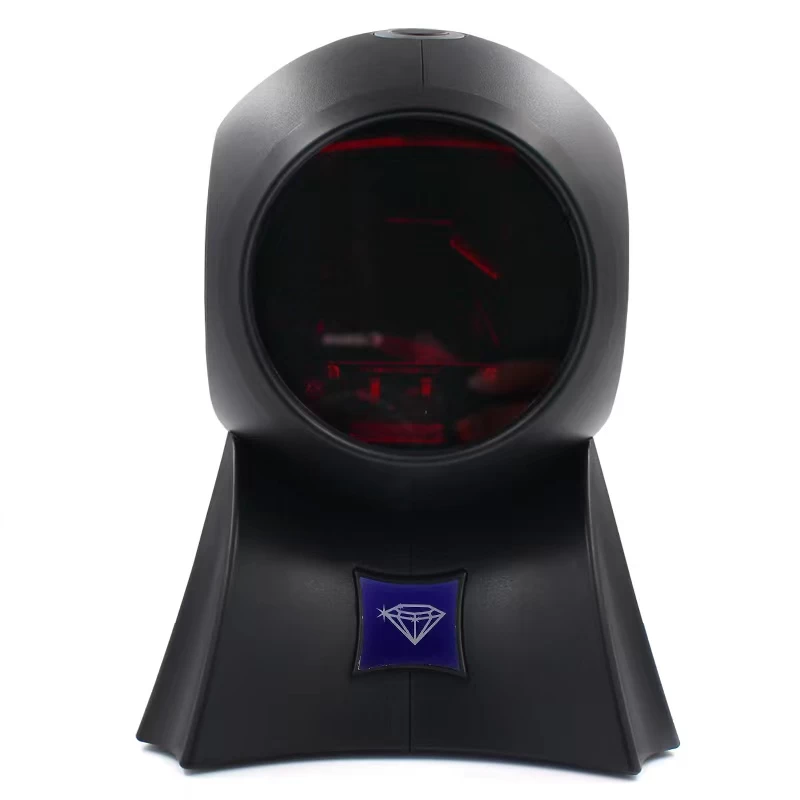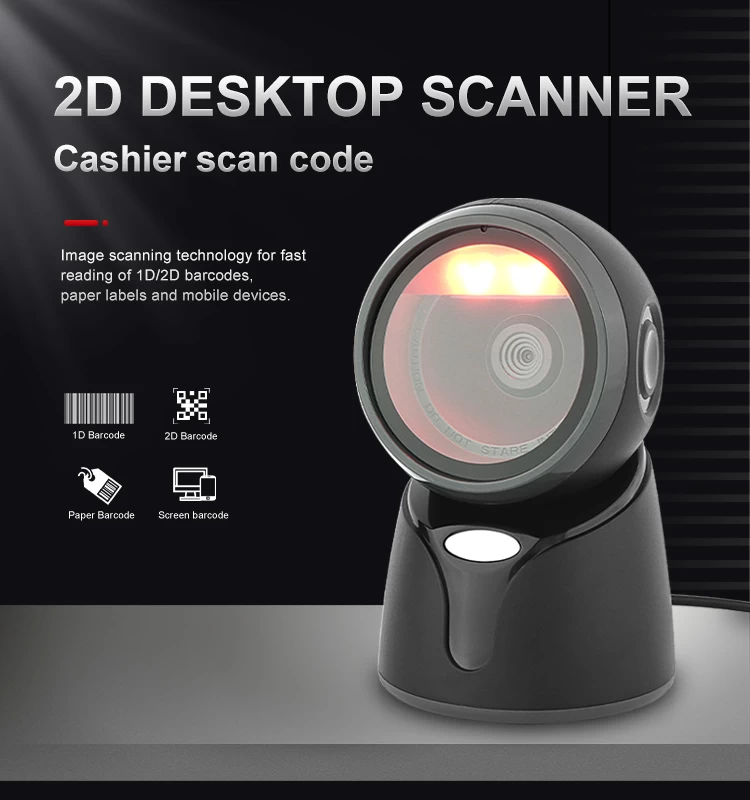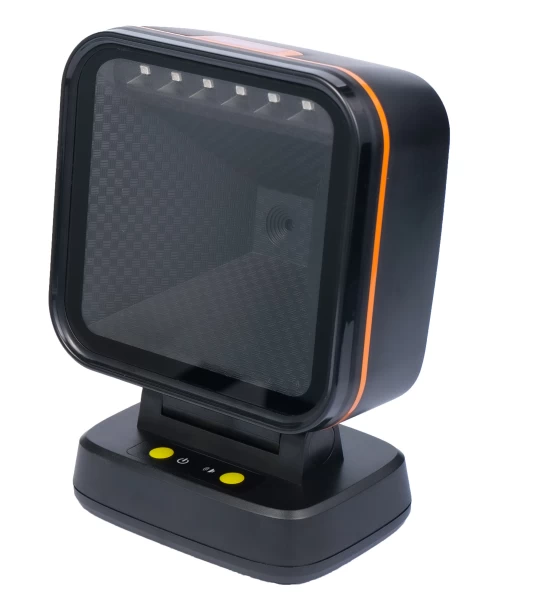A History Of The Barcode And Barcode Scanners
ben
yumite
2016-10-08 18:04:45
Have you ever wondered how long barcode scanners have been in use for in major retail shops? For many people, this is the only means of security and accurately storing information about the
product. Those many of the younger generation will not know that this system has only been around the seventies, even though the barcode did not pick up properly until the eighties.
Prior to barcodes and barcode scanners (also known as barcode readers), there were no real monitoring system, stock counting and monitoring were completed manually. This was a time consuming and
laborious task, often leading to miscounts and guesswork on the stocktaking. It is hard to believe that barcodes were not in use until nearly forty years ago, as this is now an essential part of
our modern life. This begs to raise the question of, how did we function without barcodes?
Before the notion of automating the grocery checkout point, there were no such thing as a scanner or electrical device to read the product code. In fact, there were no real system of buying for a
long time, therefore grocery shops and shop owners were at risk from theft and burglary. The only way to prevent this was physically count each product one by one, recording down on paper how many
of the products were left and correlating how many had been sold against the takings.
As grocery stores were expanding and more products were being stocked it became vital that an accurate inventory was completed, which was difficult to do without a sound system. The idea for an
automated system was presented to a group of ambitious students in 1932. Based at Harvard University Graduate School of Business Administration, the group headed by Wallace Flint began a project to
automate the grocery checkout system and their inventory system.
The group came up with a system whereby shoppers would select their items from a catalogue, which corresponding to the product in the catalogue were tickets that they could tear out. These tickets
were punch cards, which they would then hand to the cashier upon purchasing the items. The cashiers would then insert this into a reader, to which the product is then pulled out from the storeroom
and delivered to the counter. A customer receipt and an easier system for updating the inventory records would follow this.
The system was a step into the right direction, however this saw problems as the reader was expensive to build and run. It was not until a student, Bernie Silver, at Drexel Institute in
Philadelphia, overheard a conversation about automating a data collection system. Silver relayed this information to his colleague and fellow teacher, Norman Woodland, who upon hearing this spent
the next two years working on a device.
The first barcode that Woodland had come up with based on Morse code, stretching the lines vertically. This was then converted into circles, which today is known as the 'bulls eye' code. Many years
later Woodland took up employment at IBM, and continued with his work on data collection. He used his time at home to build a reader, which was large in size and expensive to run. In an attempt to
gain assistance with the prototype, Woodland approached his bosses at IBM who made an offer for the patent.
However, Woodland Silver sold the patent to Philco, who then sold it to RCA. During the 1950's and 1960's many inventors proposed ideas for the data collection system and reader. It would not be
until 1973 when IBM one the proposal coming up with digit codes, beginning with 0. In 1974 Wrigleys chewing was the first recorded product in a grocery store to have used with a UPC barcode and
read using a laser barcode scanner.
All through the 1970s, barcode scanners and scanning systems were more affordable as the price of microprocessors became more affordable. Since then the barcode has become an important and integral
part of product data collection, this revolutionised our ability to collect data using an automated system. It also virtually eliminated errors of data recording and data storage, which has
certainly proved to come a long way since the days of manually recording products and ordering stock based on guesswork.
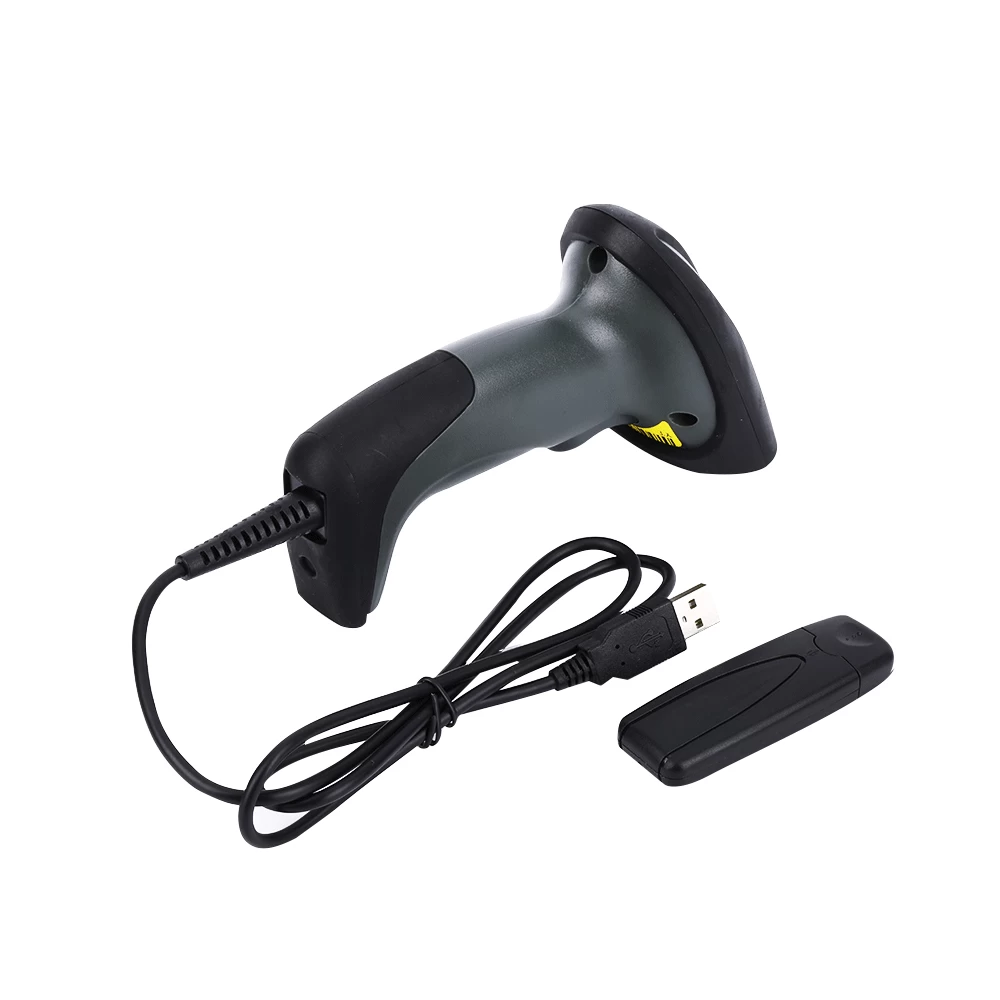
product. Those many of the younger generation will not know that this system has only been around the seventies, even though the barcode did not pick up properly until the eighties.
Prior to barcodes and barcode scanners (also known as barcode readers), there were no real monitoring system, stock counting and monitoring were completed manually. This was a time consuming and
laborious task, often leading to miscounts and guesswork on the stocktaking. It is hard to believe that barcodes were not in use until nearly forty years ago, as this is now an essential part of
our modern life. This begs to raise the question of, how did we function without barcodes?
Before the notion of automating the grocery checkout point, there were no such thing as a scanner or electrical device to read the product code. In fact, there were no real system of buying for a
long time, therefore grocery shops and shop owners were at risk from theft and burglary. The only way to prevent this was physically count each product one by one, recording down on paper how many
of the products were left and correlating how many had been sold against the takings.
As grocery stores were expanding and more products were being stocked it became vital that an accurate inventory was completed, which was difficult to do without a sound system. The idea for an
automated system was presented to a group of ambitious students in 1932. Based at Harvard University Graduate School of Business Administration, the group headed by Wallace Flint began a project to
automate the grocery checkout system and their inventory system.
The group came up with a system whereby shoppers would select their items from a catalogue, which corresponding to the product in the catalogue were tickets that they could tear out. These tickets
were punch cards, which they would then hand to the cashier upon purchasing the items. The cashiers would then insert this into a reader, to which the product is then pulled out from the storeroom
and delivered to the counter. A customer receipt and an easier system for updating the inventory records would follow this.
The system was a step into the right direction, however this saw problems as the reader was expensive to build and run. It was not until a student, Bernie Silver, at Drexel Institute in
Philadelphia, overheard a conversation about automating a data collection system. Silver relayed this information to his colleague and fellow teacher, Norman Woodland, who upon hearing this spent
the next two years working on a device.
The first barcode that Woodland had come up with based on Morse code, stretching the lines vertically. This was then converted into circles, which today is known as the 'bulls eye' code. Many years
later Woodland took up employment at IBM, and continued with his work on data collection. He used his time at home to build a reader, which was large in size and expensive to run. In an attempt to
gain assistance with the prototype, Woodland approached his bosses at IBM who made an offer for the patent.
However, Woodland Silver sold the patent to Philco, who then sold it to RCA. During the 1950's and 1960's many inventors proposed ideas for the data collection system and reader. It would not be
until 1973 when IBM one the proposal coming up with digit codes, beginning with 0. In 1974 Wrigleys chewing was the first recorded product in a grocery store to have used with a UPC barcode and
read using a laser barcode scanner.
All through the 1970s, barcode scanners and scanning systems were more affordable as the price of microprocessors became more affordable. Since then the barcode has become an important and integral
part of product data collection, this revolutionised our ability to collect data using an automated system. It also virtually eliminated errors of data recording and data storage, which has
certainly proved to come a long way since the days of manually recording products and ordering stock based on guesswork.




